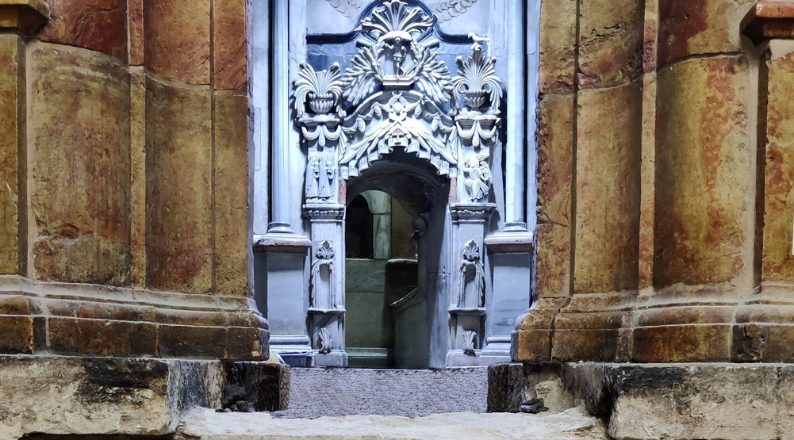(ZENIT News / Jerusalem, 07.10.2023).- The Communiqué on excavation work in the area in front of the Aedicule of the Holy Sepulchre in Jerusalem, edited by Prof. Francesca Romana Stasolla of the Department of Antiquities at Rome Sapienza University, was published on 7 July.
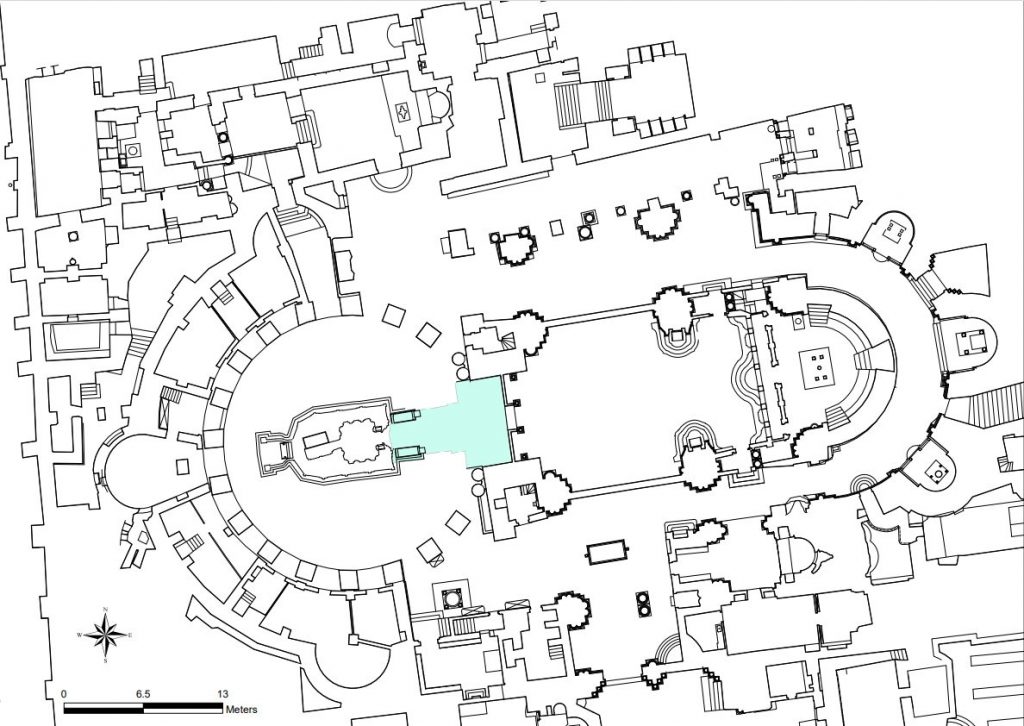
«Excavation work in the area immediately in front of the Aedicule, in the Holy Sepulchre complex in Jerusalem, was completed on June 27th, 2023. It is part of the restoration programme of the floor of the basilica. The archaeological investigations in this area were carried out by the Department of Antiquities of Sapienza University of Rome, under the direction of Francesca Romana Stasolla. The particular location of the excavation area meant that the access to the Aedicule had to be temporarily closed. For the same reason, the excavation was carried out in a continuous cycle, in just 7 days and 7 nights of work.
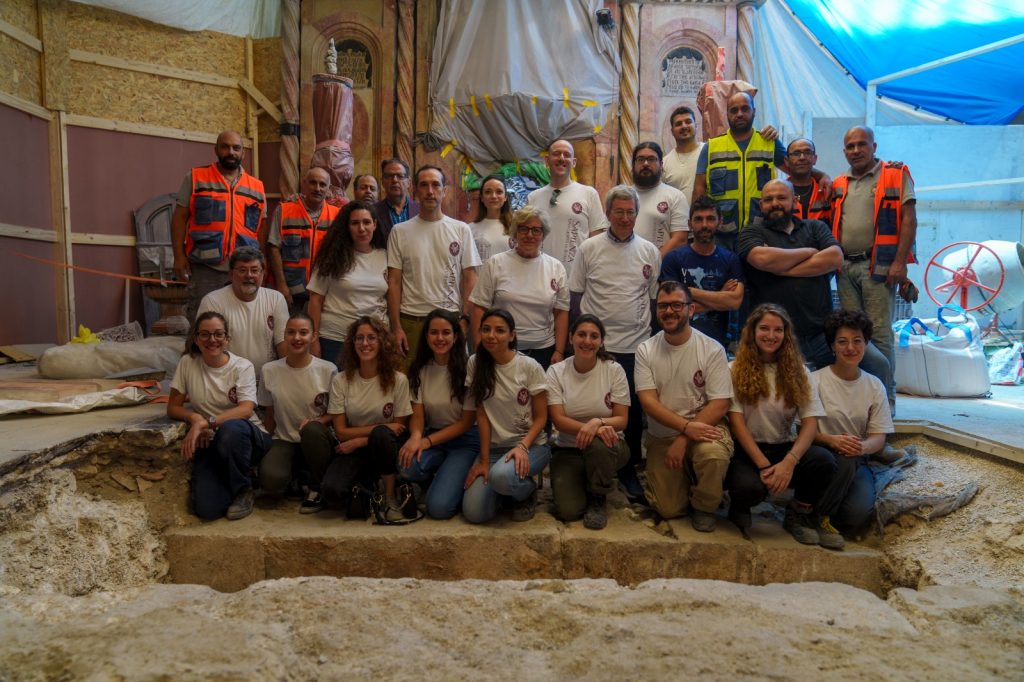
The excavation revealed the early Christian layout of the Aedicule, which was accessed via two white marble steps.
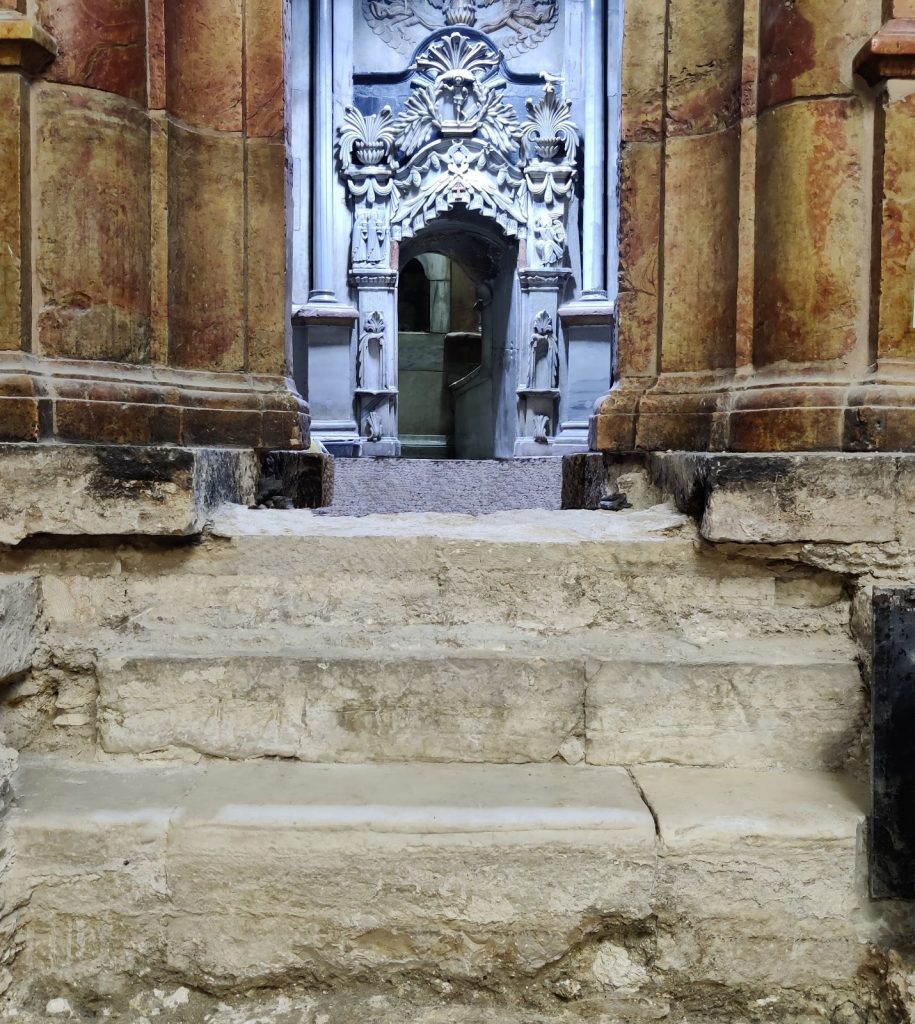
In front of it, a floor of lithic slabs extended, traces of which were found in the preparation mortar. Their measurements and course can be reconstructed. This floor continued for approximately 6 meters eastwards, until it joined a plane of large, well-smoothed white lithic blocks, arranged in a north-south direction (Fig. 4). This arrangement represents the final appearance of the Rotunda at the end of the 4th century, as is dated by the coin hoard found underneath the lithic slab floor preparation. It has the coins of the emperor Valens (364-378) as its last issues.
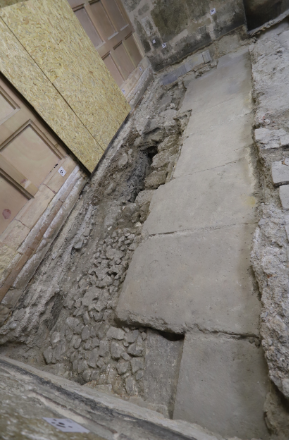
Sections of masonry were discovered. They date back to before the end of the 4th century and it confirms the presence of forms of organisation of the Rotunda during the course of the century. They have still to be reconstructed in their entirety.
Furthermore, remains of the base of the balustrade of the 16th-century liturgical enclosure have also emerged. They remained in use until the 19th-century renovations.
Among the artefacts, a fragment of wall cladding, most likely from the Aedicule, is significant. It dates back to before the 19th-century reconstruction and it is rich in graffiti datable to the 18th century in various languages, including Greek, Latin and Armenian (Fig. 5).
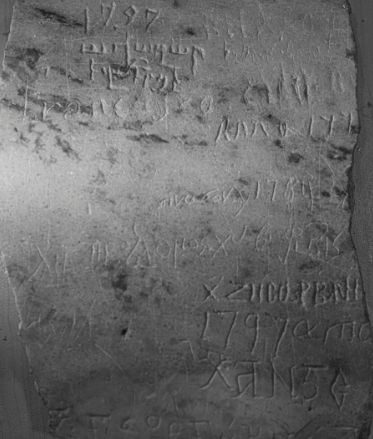
The restoration of the floor inside the Aedicule allowed for archaeological cleaning beneath the slabs. In the Chapel of the Angel, a grey marble slab floor rested directly on the rock face. Regarding the marble slab, very little remains below the socle of the present Aedicule. There also remain fragments of walls with a north-south orientation. It must have formed the bases of the liturgical enclosures also mentioned by the pilgrim Egeria at the end of the 4th century (Fig. 6). A little further towards the centre, cuts in the rock mark the position of the small altar that supported part of the stone closing the tomb.
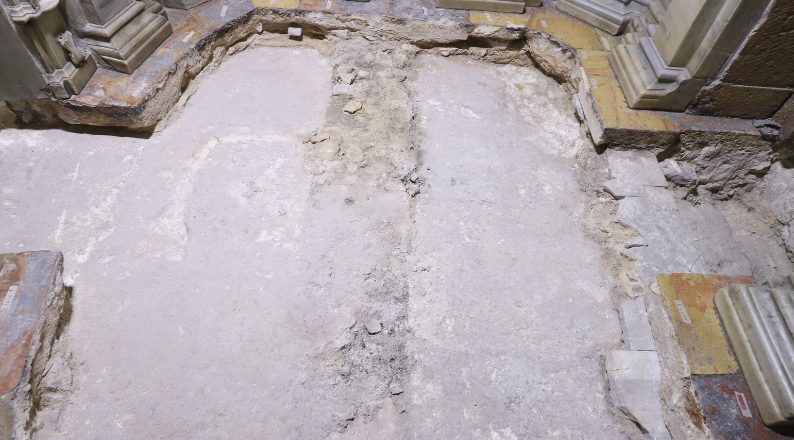
Between the Chapel of the Angel and the tomb, the working of the rock and very few remains of marble wall cladding make it possible to reconstruct the configuration of the opening of the chamber. It is slightly apsidal towards the chapel itself.
Inside the tomb, a section shows an earlier marble floor from the Middle Ages and the working of the rock itself, with traces of intense frequentation that made it extremely smooth. Part of the bottom of a burial chamber similar to those found in the northern portion of the Rotunda has been traced and documented. It has been filled in and arranged to encourage pilgrims to visit it since the early Christian period.


